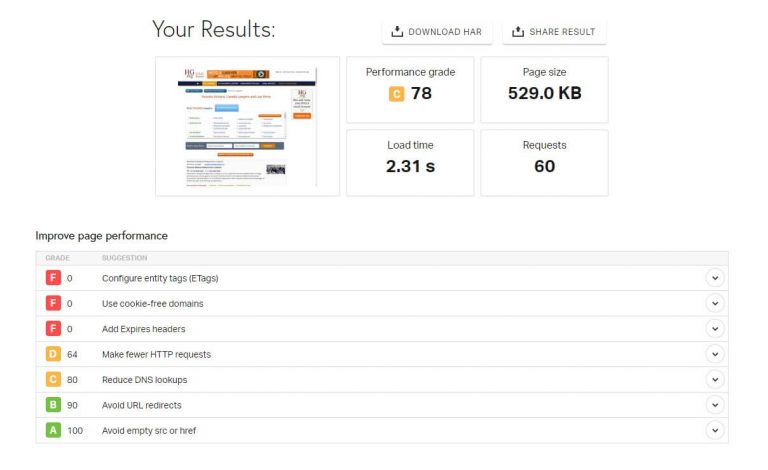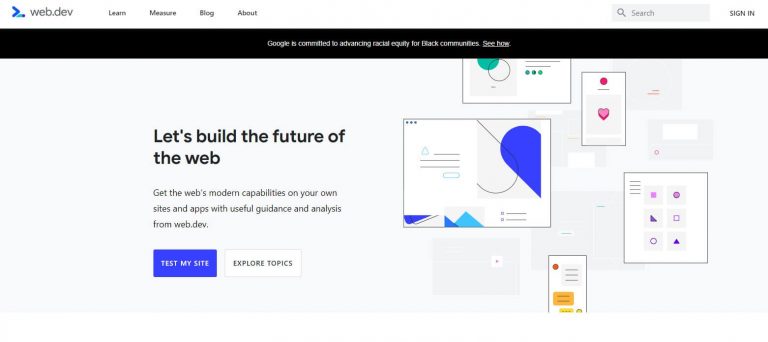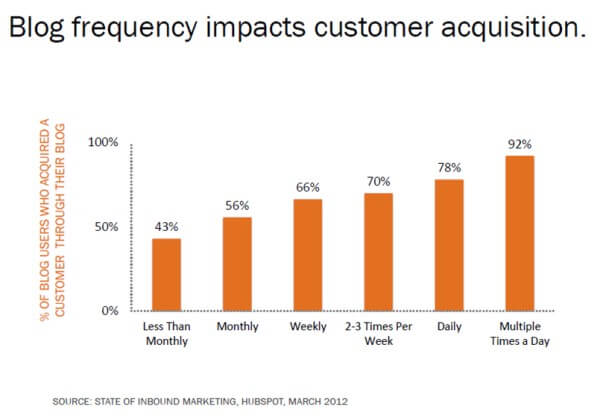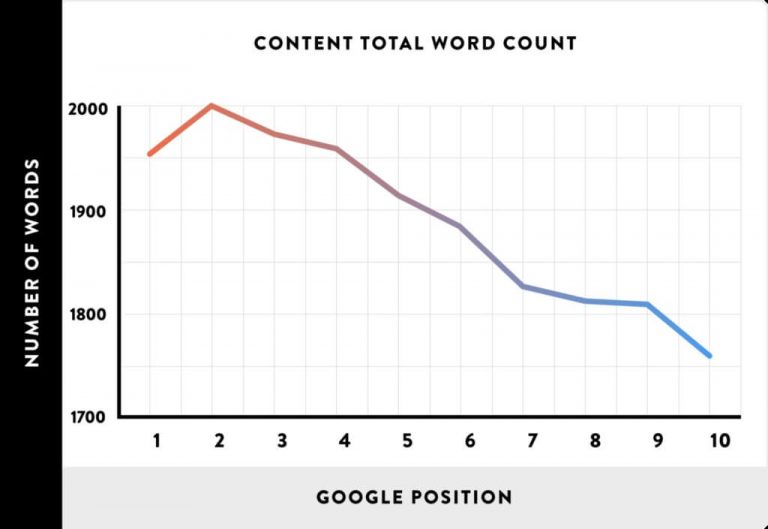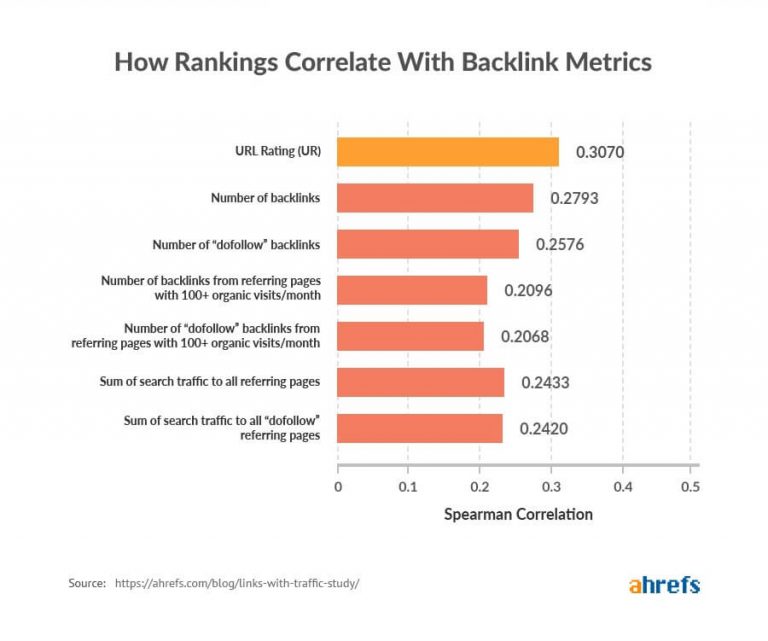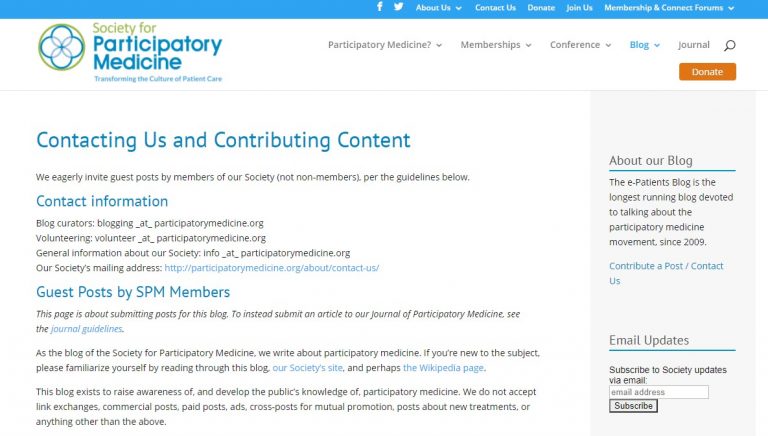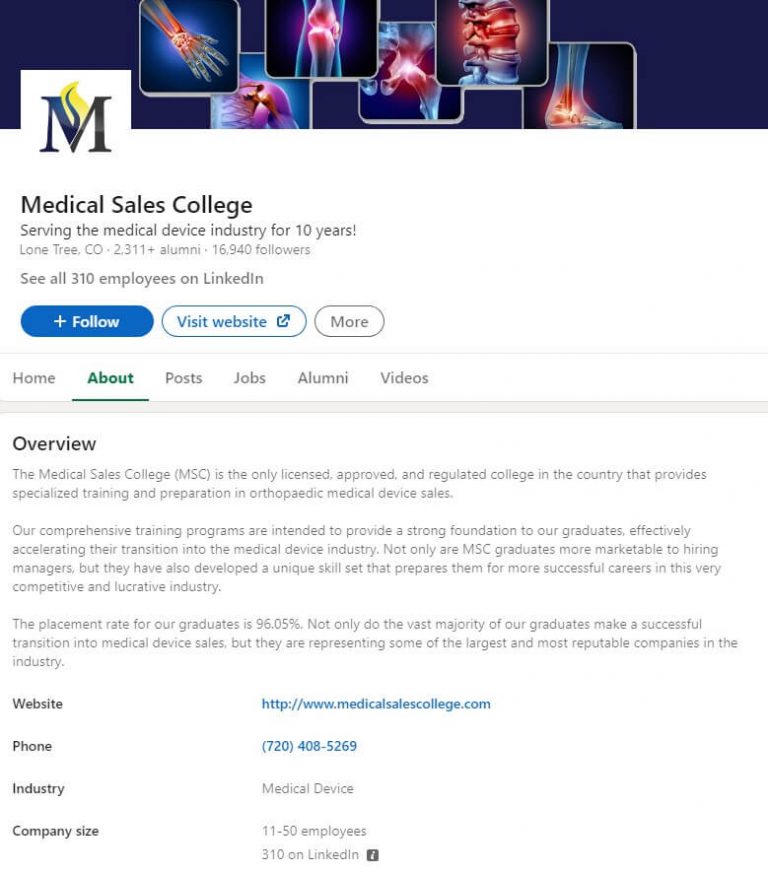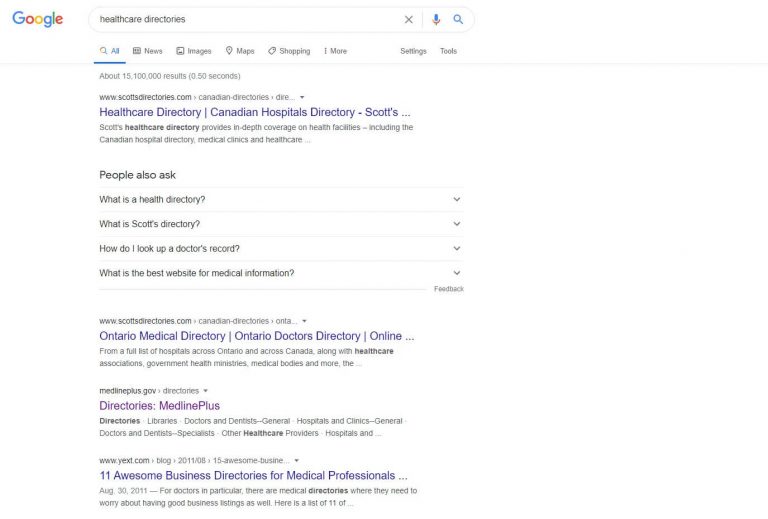Medical SEO
In today’s digital world only those that stay ahead of digital trends will grow their business and remain competitive. We offer our clients a comprehensive medical marketing system.
The key strategic tool in driving traffic to your site remains medical Search Engine Optimization. It secures draws traffic, grows the business and helps to drive brand recognition.
Our digital marketing agency has spent several years perfecting our proprietary, turnkey medical marketing process. It is designed to grow your medical practice by using the Internet to secure new clients.
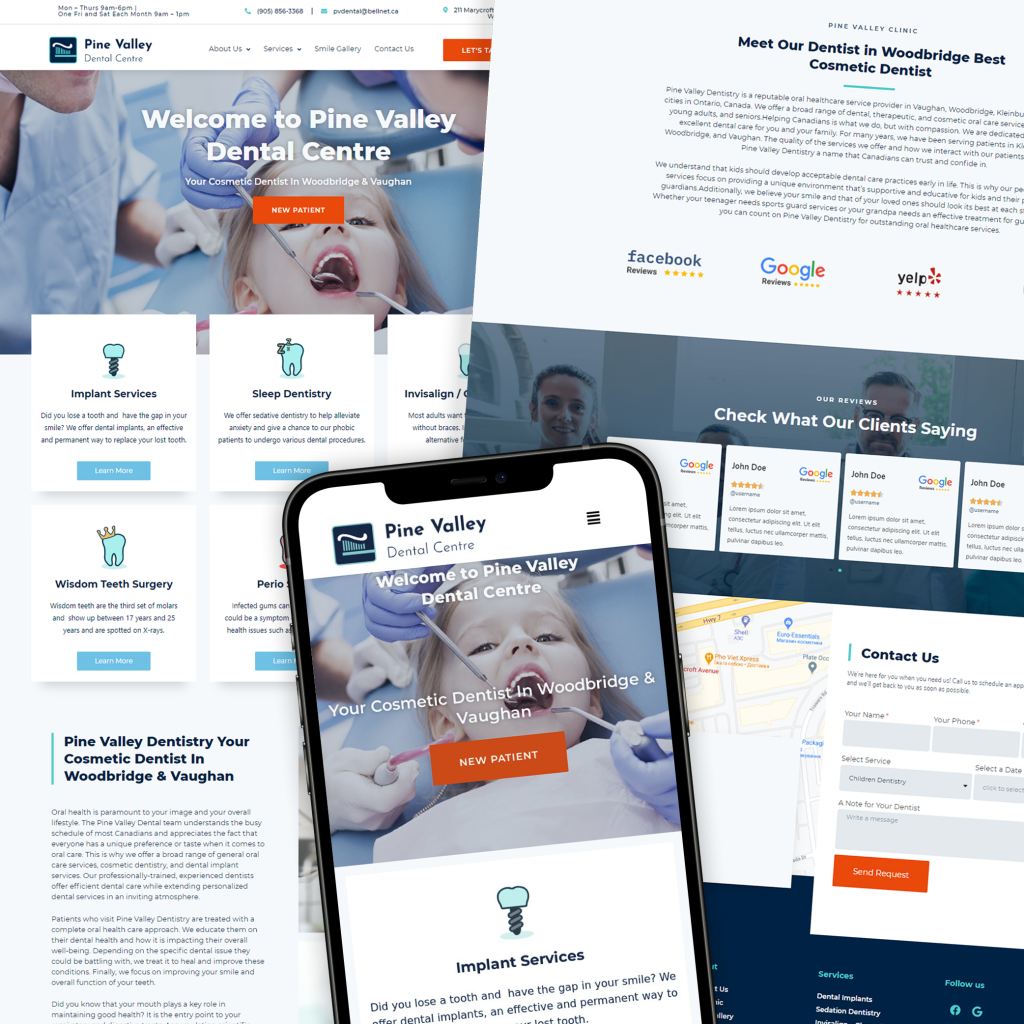
Medical SEO – Reach New Heights
How Can the dNOVO Group Help You Increase Your Customer Base?
Our process starts with a consultation during which we get to know your business. We’ll examine your online marketing presence, your internal processes and procedures and your short, medium- and long-term goals.
We use this information to develop a medical marketing plan tailor made to suit your practice. Our marketing team will develop a comprehensive online medical marketing strategy designed to draw traffic to your site and convert that traffic into sales.
Our marketing plans are developed to cover every aspect of your business. The plan covers such diverse features as medical practice web design, medical SEO, healthcare content development, social media advertising and marketing, paid medical search marketing, video production and reputation management.
In a nutshell the dNOVO Group will develop a cohesive healthcare marketing plan that covers all aspects of your online presence.


We Deliver. Don’t Take Our Word For It.
Just Ask Our Clients
We Build Websites That Convert View Our Design Gallery





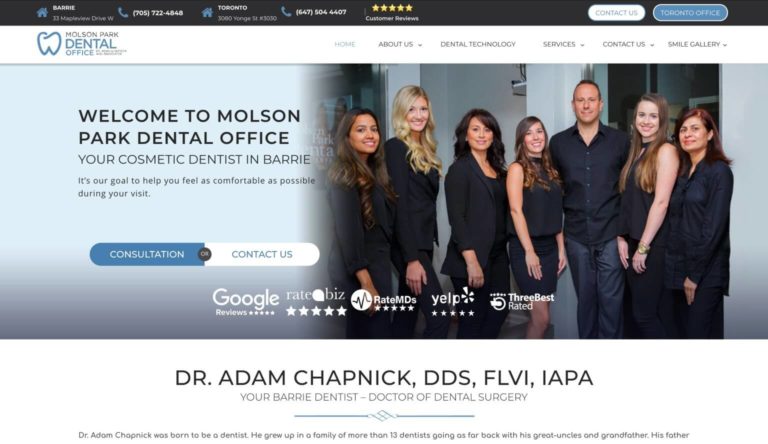





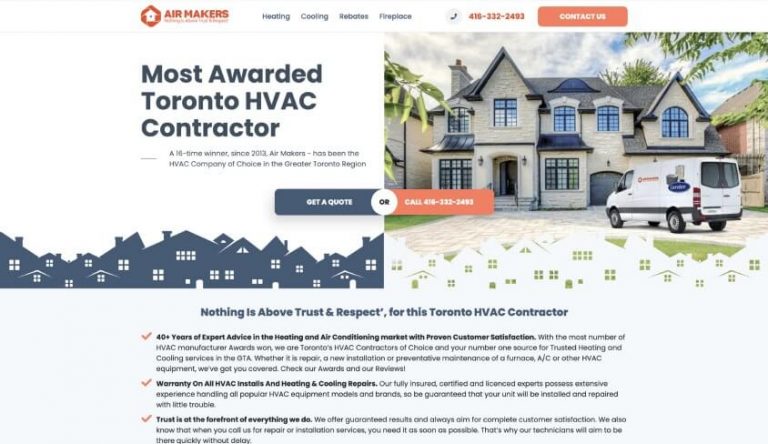
Medical SEO: A strategy guide for the healthcare sector and medical practices
[table_of_contents]
On-page healthcare SEO techniques for medical businesses and clinics
Keyword research and placement
Keywords are the words and phrases you want to rank for on search engines like Google. It’s common for medical practices to not target keywords and write generic web copy. This results in very little organic traffic and leads from search results.
Oppositely, applying the keyword research process we’re sharing in a moment will help your business research, target, and rank for effective search phrases.
Step 1: Use a keyword research tool
We recommend using a keyword research tool like Moz. Enter a word or phrase related to the topic you’d like your healthcare practice to be discovered for. This includes your services, products, location, etc.
Moz will display monthly volume for the chosen keyword, a difficulty score, organic click-through rate, and keyword suggestions. The SERP analysis will provide links with the highest ranking pages. Study these to take notes on how they write content and optimize it for search engines.
Step 2: Place keywords where they can be indexed by search engines
Every piece of content and page you write for on your medical practice’s website needs one main keyword and two to three secondary keywords. A common problem with healthcare and medical marketers is that they don’t know where to place keywords once they have them.
Begin by integrating keywords in the title of the page. This is one of the first places Google’s crawlers (bots) analyze when indexing web pages. Next, include it within the URL, preferably on its own.
For example, Solomon Facial Plastic included the keyword “Scar Revision Toronto” in the URL and title of an appropriate service page. This helps their plastic surgery business increase exposure and visibility for contextual search terms.
Keywords should also be placed within header tags on web pages. These are large HTML tags that separate content. It is another place search engine crawlers scan to understand the context of websites. You can see Solomon Facial Plastic place target keywords in the larger text (header tags) on the previous service page example.
Ensure that your healthcare practice includes main and secondary keywords within the body of the page. Implement them naturally, they shouldn’t sound forced. Try using full sentences and questions to achieve this. This is also what we call keyword variations—slight variants of the search terms we’re targeting. I.e. we could use “dental website design” and “websites for dentists” on the same page.
Continuing with our Solomon example, you can see that they include location keywords so prospects searching for specific locations will find them easier.
We also recommend placing keywords in the alt text and file names of media. Alt text describes images when they do not load or software reads the text on a screen for visually impaired users. You can right-click an image on Google Drive and apply alt text. Platforms like WordPress and Wix will allow you to apply alternative text while and after uploading media.
Step 3: Measure your healthcare practice’s keyword rankings
Once you are targeting keywords on your website, your job isn’t done yet. Not tracking keywords will leave you in the dark about your organic performance. That’s why it is essential to track keyword rankings. This will show you the influx in organic positions for specific search terms that you target.
How can you achieve this? By using the SEO tool we mentioned, Moz, or another such as SEMrush. All major search engine marketing tools will help you track individual keyword positions and show the top ranking terms for a domain.
Keep careful track (daily or weekly) of keyword positions. You may notice that certain phrases are ranking higher and driving more traffic than usual. Oppositely, other healthcare institutions may outrank you and alerts will help you investigate why and win back positions in the SERPs.
Another example of an effective keyword strategy is dNOVO Group’s client Smiles on Queen. We helped them generate more leads and brand awareness by optimizing the practice properly for search. Ultimately this was done through improving the practice’s website structure, keyword targeting, and informative content.
Smiles on Queen was able to secure the #1 position within the Google local pack thanks to the strategies we implemented. Their website also regularly holds the #1 position for target keywords like “Dentist Bolton.” Learn more in the full case study.
Improve the pagespeed of your healthcare website
How fast your website loads doesn’t just impact the user experience but SEO as well. Google released a user experience algorithm (more on that later) in 2015 called RankBrain. It began weighing metrics like bounce rate, average time on page, and others to appropriately rank websites.
In fact, as a page’s load time increases from one to three seconds, it increases the number of users that leave by 23%. This number continues to increase as the load time does.
If you run your medical practice’s website through a tool like Pingdom, you may be shocked to find how slow it truly is. Slow websites suffer from notoriously high bounce rates and low engagement. This can seriously impact your company’s bottomline.
It will display a performance grade, load time, page size, and the amount of requests it took to load.
Common pagespeed issues include large files, uncompressed images, and lack of caching. Luckily, all of these can be fixed relatively quickly.
For example, uncompressed images can be run through a tool like TinyPNG to have their file size significantly reduced. They will load faster when a user enters your website, giving them a better experience. Simply upload or drag a photo onto the TinyPNG website to use it.
We also recommend investing in Cloudflare or a platform-specific app to speed up the remainder of your website’s assets.
User experience’s impact on healthcare SEO performance
The user experience that leads have on your website is extremely crucial for SEO and conversion rate optimization as we mentioned previously. User experience can be defined as the interactions, feelings, and associations someone has with your web assets. Are the experiences good? Then you can expect high conversions and revenue. Are the experiences poor? Then you will notice a lack of leads and growth.
However, what contributes to user experience? If you followed the steps we laid out to improve your medical practice’s page speed, that will take care of most of it.
The second step you need to take is publishing valuable content on a regular basis. Some medical businesses don’t produce content which causes them to lose out on brand awareness, trust, and authority. Oppositely, publishing content like blog posts, case studies, and videos drives traffic and helps you reach more customers. It also provides a better experience when someone engages with your business.
Thirdly, audit your website’s design and usability. Is it easy to get to inner pages? Is the structure logical and simple to use? If not, you may experience a high bounce rate and low average time on page, both of which will cause you to lose out on patients. If you need a medical website that improves branding, business performance, and growth, contact dNOVO Group today.
You can instantly find user experience and SEO bottlenecks by using Google’s web.dev tool. Click “Test My Site” from the homepage to begin.
Enter in the URL of a website and click “Run Audit.”
This will provide details and a score on major four sections: performance, accessibility, best practices, and SEO.
Click the hyperlinks to read Google’s official documentation on improving any issues it discovers.
Streamline website menu and footer navigation
A large component of effective medical SEO is fine tuning small aspects of your website to improve its search visibility. One area of your website where this applies is the menu and footer navigation.
Firstly, proper navigation helps move people throughout your website and close to the point of sale—contacting you for an appointment or consultation. Secondly, it helps you rank for desired keywords and pushes SEO authority into inner pages.
Look at this website we designed for CP Health as an illustration of effective SEO for doctors and physiotherapists. The navigation is simple and easy to understand. It provides prospects with everything they need: the home page, services, a blog, contact page, gallery, FAQ, social links, etc.
Dropdown menus are effective when you have sub-links that would otherwise clutter the main navigation. For example, hovering over “Services” and “Products” provides more links.
We recommend that you place target keywords for pages in the main navigation and dropdown menus. The same applies to the footer at the bottom of your website. Ideally you will place your website’s main pages, contact information, awards, and other miscellaneous links here.
Ensure your healthcare website is mobile responsive
Is your website responsive to mobile devices? This is much more important than you may realize. In fact, 57% of internet users say they won’t recommend a business with a poorly designed website on mobile. More and more people are browsing and shopping from smartphones. If your medical website can’t accommodate mobile users, you’ll miss out on customers and revenue.
Fortunately, there are steps you can begin taking to 1) ensure your website is mobile responsive and 2) optimize it. We suggest entering the domain of your website through Google’s very own mobile testing tool. This will give you a birds-eye view of how your website appears on phones and similar devices.
Click “View Details” to see if any page loading issues were found. This will display errors that Google discovered which you can address to make your medical practice’s website more responsive to mobile devices.
In many cases, these will be very technical changes that you should offload to your developers or marketing department. Alternatively, when you hire a medical marketing agency like dNOVO Group, as these problems are solved preemptively when we build high-end websites for clients.
Publishing high-quality content to enhance a medical SEO plan
One of the most important on-going parts of SEO for medical companies is publishing high quality articles on a regular basis. This offers many different benefits. The first being that it helps build trust, authority, and thought leadership with prospects. It has been found consumers will read three to five pieces of content before contacting a business.
Blog posts, in particular, allow customers to understand your expertise, help them, and build a relationship. Your practice will stand out among other local businesses that are not producing content. The more often healthcare professionals blog, the more amount of customers they will acquire.
Secondly, blog posts are the only form of content that has a compounding effect. You may produce a blog post now but it will continue to rank for keywords, drive traffic, and increase its return on investment.
Thirdly, high-quality articles generate inbound backlinks. We will be teaching you how to build authoritative links to your medical practice later in this article. While those will be outbound strategies, blogs will naturally acquire links over time.
However, it’s night and day when it comes to good and bad content. Poor quality content will hurt your practice’s reputation and digital performance. Great content, on the other hand, has endless upsides. Here’s what you need to know about publishing good content on your website’s blog.
Why healthcare professionals should focus on long-form content
We’re no longer in the early 2000’s where a 300 word blog post would suffice for the first page of Google. Rather, medical practices must focus on long form content as it’s proven to rank higher and perform better. For example, a famous study performed by Backlinko concluded that the average #1 result on Google is 1,890 words long.
How do you write content like this in the quickest amount of time? Primarily by creating an outline for the piece of content before you or your team begins the writing process. We recommend that you map out the introduction, conclusion, major points, and minor points of the article. It’s also effective to round up references, data, and statistics before writing.
When your team begins to write the blog post, they will already know the context and strategy. This greatly speeds up the writing process and allows your marketing department to be much more effective.
That brings us to our next point.
Make it practical and actionable
A lot of content in the medical industry lacks what readers and consumers crave the most: actionable and practical steps. Blog posts are regularly filled with fluff to hit an artificial word count goal. Unfortunately, this ends up decreasing performance and the positive impact it has on readers.
Instead, you should focus on producing content that helps people achieve their goal by leading them through step-by-step instructions. Don’t simply tell them what to do. Show them, provide tools, extend resources, and aid them in carrying out the advice or strategy you present.
This creates a lasting impact on the reader as not only does the content stand out among others on the internet, but your business will stick in their mind as helpful.
Use data and statistics to back up claims
Google’s algorithm analyzes many different on-page factors as we discussed earlier in this article. One subtle but important element is the use of external links. These are hyperlinks that point to articles, studies, and references off the website. This communicates to Google’s crawlers that you are providing more resources and trying to help readers, not just self-serve.
We suggest leveraging data and statistics to support any claims you make. For illustration, you can do a Google search for “Keyword + stats” and will be presented with dozens (if not hundreds) of data roundups to use.
Find interesting and relevant statistics to place within your content. Healthcare professionals can also search for studies and clinical trials to add as trust-building resources.
Off-page medical SEO strategies that healthcare professionals can use to grow their business
Now that you understand how to optimize the on-page aspects of your website, we can move onto off-page SEO. These, as you could presume, as the ranking factors that are found off a website.
Backlinks
Backlinks are links from other websites that point to ours. These signal to search engines like Google that you offer a valuable and trustworthy resource. Your domain and page authority rise as a result. The higher the authority you have, the more easily you rank for keywords and drive traffic. This creates a snowball effect, generating more backlinks and organic growth.
However, backlinks come in all shapes and sizes. A simple blog comment backlink isn’t going to be weighed the same as a backlink from Forbes. This graph from Ahrefs neatly summarizes other components that play into how backlinks affect a domain.
The URL rating (UR) is how authoritative the domain pointing to you is. The number of backlinks you have is the second most important reason. “Dofollow” backlinks are links with a special HTML tag signaling to Google to allow search engine equity to pass through onto your website.
With this in mind, ensure that you are always building contextual and relevant backlinks to your website. You can also trust dNOVO Group to handle your medical company’s SEO if you need it to be outsourced.
Follow these steps to begin building high-quality backlinks.
Building backlinks through guest posting on other healthcare publications
Guest posting is one of the most effective strategies for building backlinks. It is the process of becoming a guest author on a related industry website. Not only does this normally include a backlink (or multiple) but generates referral traffic and brand exposure. In fact, 60% of businesses with blogs contribute 1-5 guest posts for other websites every month.
You can begin finding guest post opportunities by visiting Google and searching for “Keyword + guest post.”
Visit any website that offers guest post opportunities and read their guidelines. These will detail what topics they accept, style rules, and what benefits you will receive.
Read these carefully for every website that you pitch. Often they contain the exact steps you need to take to get accepted. For example, many publications will ask for:
- Previous content you’ve published.
- Topic ideas.
- Information about your business.
- Pitches to be sent to a specific email.
- Etc.
Not reading and following guidelines will greatly increase the chances of getting rejected. Taking the extra few minutes to do so will help your medical business land more guest author opportunities and, ultimately, backlinks.
Here’s a guest post pitch template you can customize:
Good morning,
My name is {Name} and I’m the {Position} and {Company}. You can learn more about us at {URL}. We’d love to contribute a guest post to {Publication} that would help your readers and contribute to your blog’s growth.
Please let us know what you think of the following topic ideas:
- {Topic idea}
- {Topic idea}
- {Topic idea}
Sincerely,
{Name}
Once a publication accepts the guest pitch, you can begin writing the article and submitting it. They should give you an approximate date of when it will be published. Leverage these relationships in the future to guest author the same sites again for continual backlink building.
Acquiring backlinks for a healthcare website through outreach
The next strategy, which is also the most scalable, is backlink building through outreach. This method involves finding like-minded business and proposing they link to a valuable piece of content you’ve created. Not only does this lead to backlinks but also social shares, relationship building, and referral traffic.
The first step is to create a list of websites you wish to pitch. These should be as contextual and relevant as possible. Pitching businesses outside of your vertical will often lead to poor open rates, reply rates, and conversion rates.
You can manually do this similar to the guest posting process but include the companies in a spreadsheet. Have your marketing department take care of this or outsource it. Alternatively, there are tools like Pitchbox which will help get influencers and large brands to promote your content.
Alternatively, manually build a list through Google, social media, and public databases like AngelList or Crunchbase. Then use a CRM like HubSpot to manage these contacts and perform outreach.
How social signals can aid healthcare professionals in improving their SEO
You might be surprised to hear that social media has a role in SEO. Businesses often neglect social media marketing in general, let alone for search engine optimization purposes. The reality is that Google’s algorithm looks far and wide to determine the authority and contextualism of your domain. That includes your social profiles.
Are you sharing content? Are you getting good engagement? Do you drive traffic back to your website? These are some of the elements the search algorithms gauge. The world has also been experiencing longer and increased use of social media, giving you more opportunities to reach potential clients.
The first step is to ensure that your medical institution has social profiles on all of the major networks like LinkedIn, Twitter, and Facebook. Don’t underestimate other channels like YouTube, TikTok, and Instagram. After all, all publicity is good publicity.
Optimize these profiles to include keywords that describe your practice and area like “Toronto Walk-In Clinic.” This increases visibility on each social network and Google at the same time. For example, the Medical Sales College is optimized for long-tail keywords like “medical device industry” and “medical device sales.”
Reputation management’s impact on medical SEO
As you learned how social profiles play a role in off-page SEO, it shouldn’t be a surprise that reputation management is also important. This is the process of managing how your health practice is reviewed, perceived, and engaged with online.
All of these factors send signals to the algorithm about its authority, credibility, and value. Here are steps you can begin taking to improve your practice’s reputation management.
Press releases
Press releases are PR material that detail a recent news event, management change, new location, or other press-worthy announcement. Not only does this generate attention for the business but also backlinks and traffic.
The first step is choosing a topic that is worth announcing to the public. Other ideas include product launches, events, partnerships, sharing research, or awards.
Hand this off to your marketing department or hire a copywriter. Ensure that they understand proper press release formatting and etiquette. Press releases have a very specific structure that needs to be used for the best performance and highest likelihood of being accepted by publications. Here’s a press release template you can follow.
Some of the main elements include:
- Your company’s logo.
- Contact information.
- The release date.
- Headline and sub-header.
- Dateline.
- First paragraph and following paragraphs.
- Boilerplate.
- End notation.
- Final note.
Once you have a press release created, it can be distributed to journalists and publications manually or through PR services. Using PR platforms greatly speeds up the process and enables your medical practice to reach a larger audience. For example, you can submit press releases to Cision’s PRWeb service. Begin by signing up for an account.
Choose between the Basic, Standard, Advanced, and Premium packages on the dashboard. Enter payment details on the page afterward.
Then, enter the press releases’s details, optimize it with keywords, choose a target audience, and submit it. Your healthcare press release will then be distributed to 30,000+ journalists.
That brings us to our next point.
How doctors, dentists, clinics, and other practices can use directories for SEO
Directories are websites that list companies in a particular niche, service, or industry. Using directories as a healthcare business increases visibility, traffic, and generates backlinks. Imagine if you submitted your company website to 25 different directories. That would be 25 new high-quality backlinks.
The first step is to locate healthcare directories. We suggest searching Google for “Keyword + directory” based on your individual niche. “Keyword” may be replaced with:
- Healthcare
- Medical
- Doctor
- Hospital
- Etc.
Visit healthcare care directories and search for a submission page. This will require you to input your company’s information including its name, location, and website.
Some will be free while others require payment. Typically free healthcare directory submissions take longer to go live and paying will shortlist you.
Use Google My Business as a part of your healthcare SEO strategy
49% of businesses receive more than 1,000 views through Google My Business each month. Not having an optimized Google My Business profile will cause your practice to miss out on valuable traffic, leads, and growth. Fortunately, there are steps you can take to begin optimizing it for the greatest SEO benefits.
Firstly, ensure that you have signed up for Google My Business profile and verified your location. Google will send a pin in the mail that must be entered to verify the legitimacy of your company’s location. This profile will appear on organic search results when users search for related products, services, or keywords.
Take our client Molson Park Dental for example. Their Google My Business account appears in the top 3 results for local category searches. It also ranks on the first page for target keywords such as “Barrie dentist.” This is why SEO for dentists is essential if you run a similar practice. It empowers you to greatly increase reach and exposure.
You can get results like these by completing every section of your account. The more information you are able to provide, the better. This will improve organic rankings, traffic, and ultimately gives leads a better understanding of how your practice can help them. This includes:
- Name
- Address
- Phone
- Website
- Hours
- Products and services
- Category and attributes
Ensure that you use the posts feature as often as possible. Share news about your business or content you’ve published on other channels. Google favors companies that use the post function frequently as it helps its end users.
The description should summarize your practice and how it helps clients. Think of the benefits of your services, not just the features. Features are factual pieces of information about what you provide. The benefits are how they impact and change the customer’s life—which is ultimately what they desire.
We also recommend communicating a unique value proposition. This is what makes your practice unique, better, and different than others. You may provide products or services that other medical businesses do not supply. Your customer service might be better than anything patients can get.
Take the knowledge you learned about keyword research earlier in this article and apply it to the Google My Business profile as well. Ideally, you will place a keyword in the title, description, and file names of media you upload. This will help your profile be discovered by more people and convert into patients.
Leverage a Better Business Bureau profile to improve your healthcare SEO
The Better Business Bureau, or BBB for short, is a non-profit that helps consumers find the most trustworthy businesses. They provide transparency through company information and reviews so people can make informed purchasing decisions.
Medical companies can create BBB accounts to generate backlinks, brand awareness, and trust with the public. You can create a free Better Business Bureau profile by visiting here.
Enter your company name, phone number, primary address, email, and other required information. Fill this out with as much detail as possible. It will increase the return on investment of your Better Business Bureau profile. Note the “Website” field is very important to complete for a backlink.
Submit the form when you are finished.
Final thoughts on effective medical SEO for healthcare professionals
SEO is essential in today’s day and age. Everything is digital and that means our marketing initiatives must be as well. Most online experiences begin with a search engine like Google in particular. Optimizing content and web pages for search engines increases brand awareness, visibility, and organic traffic.
There are two components of medical SEO to understand. One is on-page SEO which pertains to optimizing elements on your website and digital profiles. Primarily this includes keyword research, user experience, page speed, and high-quality content.
Secondly, there is off-page SEO. This is the practice of optimizing aspects that impact organic rankings off of your primary assets like a website. Reputation management, social media marketing, and backlink building are the most important strategies.
While SEO is mandatory, it is also very time and resource intensive. It can take a long time to generate a positive return on investment, especially when it is not performed correctly from the start. That’s why you should get in touch with dNOVO Group for a free consultation to learn how we can grow your practice through medical SEO services.









